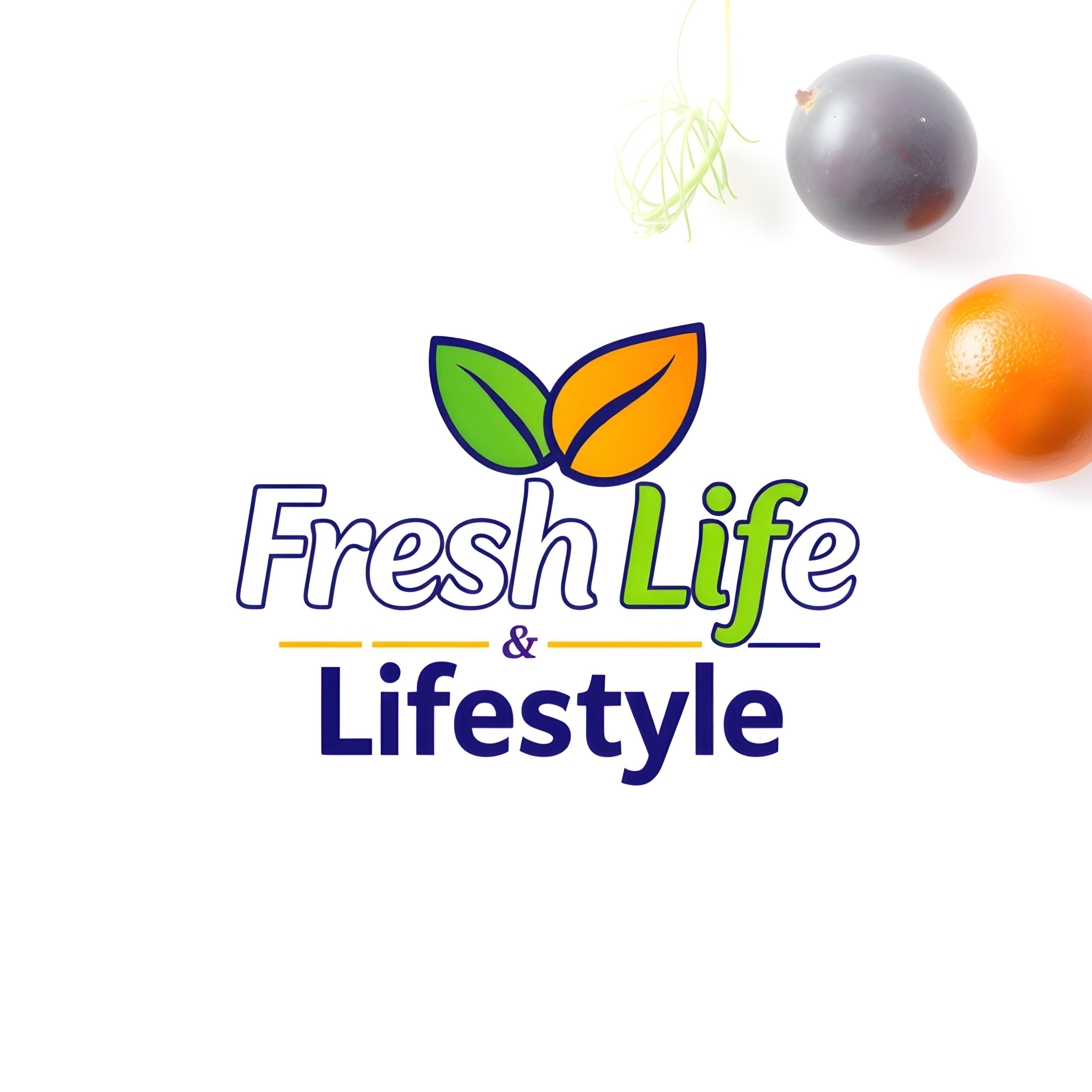The Economic Impact of Bird Flu on the Poultry Industry
By Dr. Jane Smith, Agricultural Economist
Bird flu, scientifically known as avian influenza (AI), has become a significant global challenge, impacting public health and destabilizing the economic foundation of the poultry industry. This highly contagious disease poses threats to farmers, businesses, and global trade, necessitating an in-depth examination of its economic consequences and potential mitigation strategies.
Understanding Bird Flu and Its Economic Ramifications
Avian influenza primarily affects birds, but certain strains, such as H5N1 and H7N9, have crossed over to humans. The economic toll of bird flu is multifaceted, involving losses in poultry production, disruptions in trade, and long-term financial instability for farmers and businesses.
Key Facts About Bird Flu:
- Global Reach: Outbreaks have been reported across Asia, Europe, Africa, and the Americas. (Source: FAO)
- High Mortality Rates: Some strains can decimate entire flocks, causing significant production losses. (Source: WHO)
- Trade Disruptions: Import and export bans on affected regions lead to substantial financial losses.
Direct Impact on Poultry Farming
1. Loss of Livestock
The culling of infected and at-risk birds to contain outbreaks results in:
- Reduced Supply: A decline in poultry product availability.
- Financial Losses: Particularly devastating for small-scale farmers.
2. Increased Operational Costs
Farmers must invest in:
- Biosecurity Measures: Improved sanitation and restricted access to prevent disease spread.
- Vaccination Programs: Effective but costly solutions to manage outbreaks.
Case Insight: In India, many small-scale farmers faced severe financial hardship due to inadequate insurance and government support. (Source: Indian Poultry Association)
Broader Economic Impacts
1. Disruption of Supply Chains
Bird flu affects multiple stakeholders:
- Feed Suppliers: Lower demand due to smaller flocks.
- Processing Plants: Reduced production volumes lead to inefficiencies and potential layoffs.
- Retailers: Limited supply raises prices, affecting consumer demand.
2. Trade Restrictions
- Export Losses: Major poultry-exporting nations face billions in losses. (Source: World Trade Organization)
- Market Shifts: Importing countries seek alternative suppliers, disrupting established trade relationships.
3. Impact on Consumer Behavior
- Price Fluctuations: Oversupply in some areas and scarcity in others create erratic pricing.
- Shift to Alternatives: Consumers may turn to other protein sources, altering long-term poultry demand.
Regional Case Studies
Asia: The Epicenter of Bird Flu Outbreaks
- China: The 2023 H5N1 outbreak resulted in the culling of millions of birds, disrupting domestic supply and exports. (Source: FAO)
- India: Small-scale farmers lacked adequate financial and governmental support, worsening their plight.
Europe: Trade and Biosecurity Challenges
- France: Export restrictions led to significant revenue losses during outbreaks.
- Germany: Advanced biosecurity measures mitigated impacts but at high costs to farmers.
Africa: Public Health and Livelihood Balance
- Nigeria: The informal poultry market was severely affected, leaving many without income.
- South Africa: Government interventions, including compensation schemes, helped stabilize the industry.
Tailored Strategies for Stakeholders
For Farmers:
- Adopt Biosecurity Measures: Best practices to prevent disease spread.
- Diversify Income Sources: Reduce reliance on poultry farming alone.
For Policymakers:
- Implement Compensation Schemes: Financially support affected farmers.
- Invest in R&D: Develop vaccines and disease-resistant poultry breeds.
For Consumers:
- Stay Informed: Rely on credible sources like the WHO for updates.
- Support Local Farmers: Purchase from trusted local sources to stabilize the market.
Long-Term Economic Consequences
- Reduced Investor Confidence: Outbreak uncertainties discourage investment in poultry farming.
- Workforce Decline: Farm closures lead to job losses.
- Food Security Challenges: With poultry as a primary protein source, outbreaks exacerbate food insecurity.
Mitigation Strategies and Future Outlook
Collaborative Efforts:
- Global Coordination: Sharing data and resources to combat outbreaks effectively.
- Trade Agreements: Establishing protocols for safe trade during outbreaks.
Technological Innovations:
- Utilize real-time outbreak maps and interactive tools to monitor and respond swiftly.
Final Thoughts
The economic impact of bird flu extends far beyond the poultry industry, affecting millions of lives globally. By leveraging collaboration, innovative solutions, and targeted strategies, stakeholders can mitigate losses and build resilience. Stay updated on bird flu developments through trusted sources like the World Health Organization and Food and Agriculture Organization.
About the Author: Dr. Jane Smith is a leading agricultural economist specializing in the economic impacts of livestock diseases. With over 20 years of experience, her work focuses on creating sustainable strategies for farmers and policymakers worldwide.
